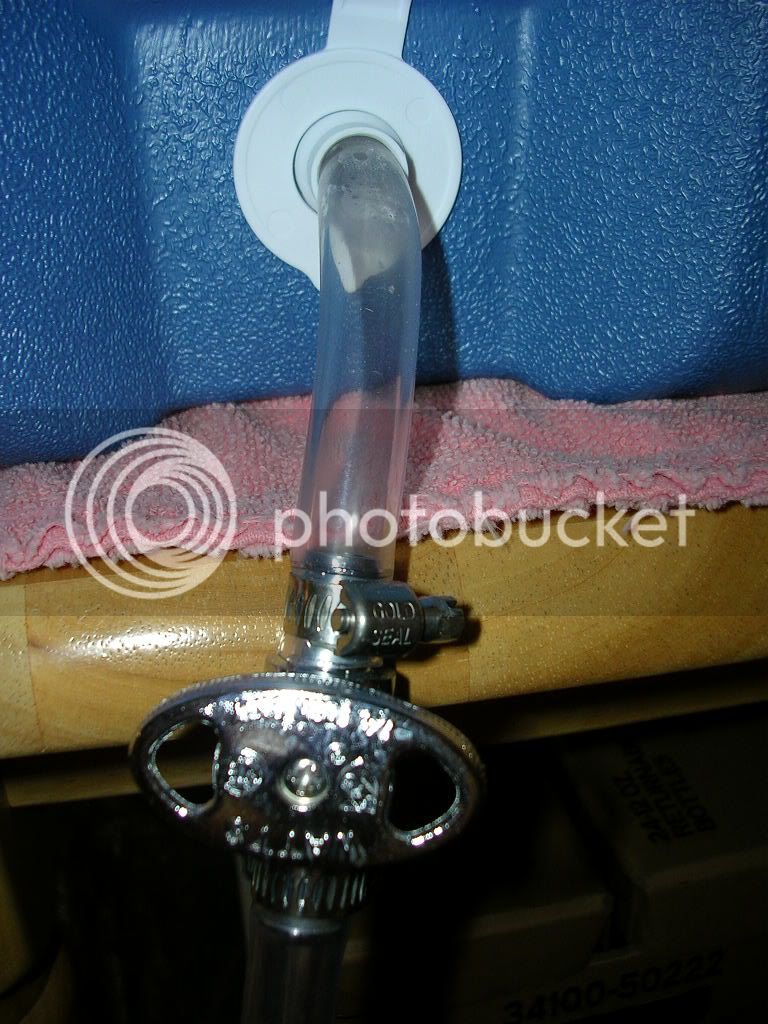Perhaps I am just confused by information overload, but I can't seem to figure out how exactly a coleman cooler mash tun works?
I am confused by what the copper tubing at the bottom does? Is it for filtering out the wort? or for adding water in to the mash? I searched and googled and can't seem to figure it out. I have done all grain batches before, but always used a grain-bag and food grade container. I am looking at building my first mash tun and wort chiller this weekend, so any help in understanding how the tun works would be greatly appreciated!
I am confused by what the copper tubing at the bottom does? Is it for filtering out the wort? or for adding water in to the mash? I searched and googled and can't seem to figure it out. I have done all grain batches before, but always used a grain-bag and food grade container. I am looking at building my first mash tun and wort chiller this weekend, so any help in understanding how the tun works would be greatly appreciated!








